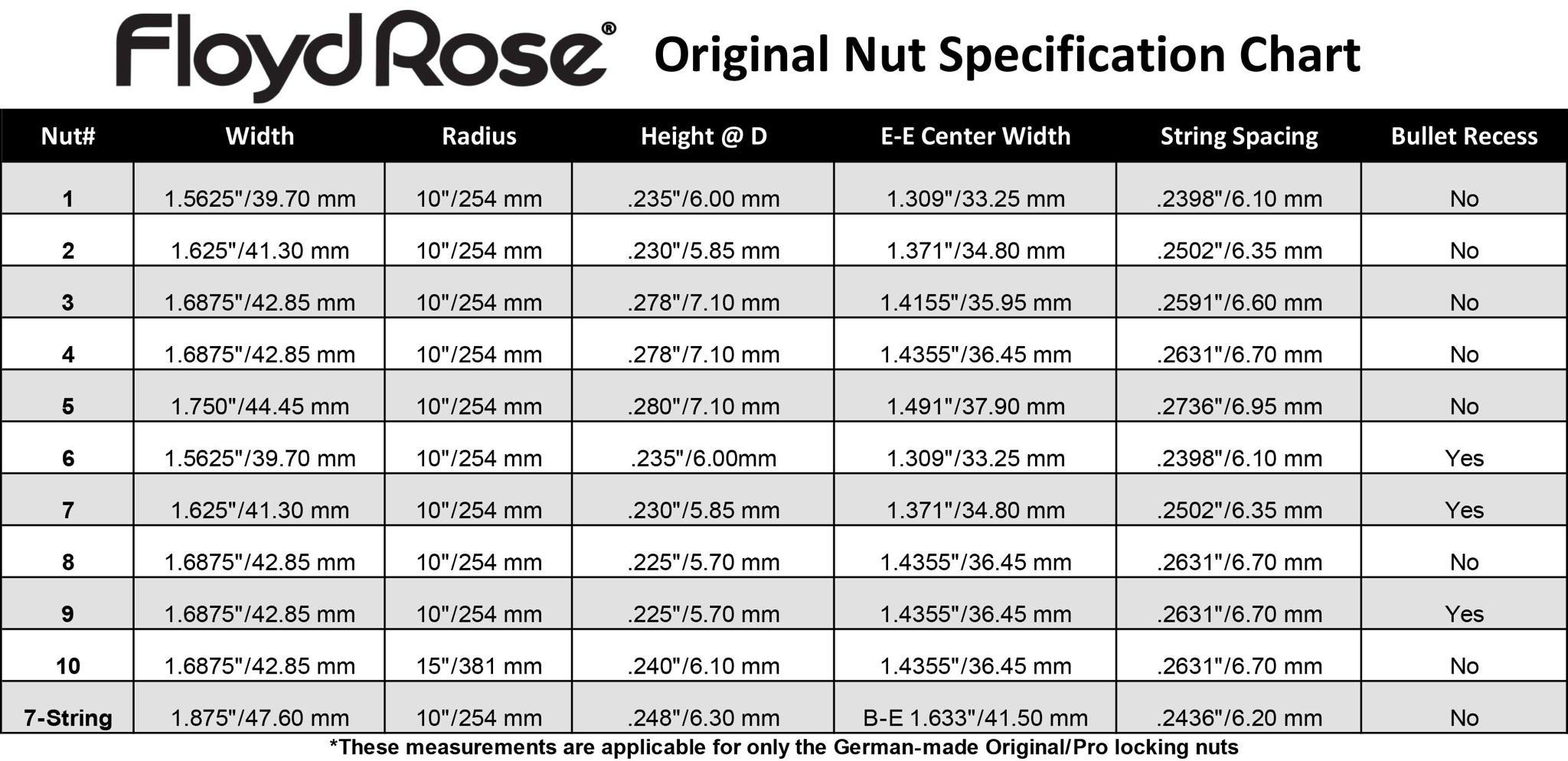I got mine today in the post. I’ve fitted it, and I’ve had to shim it. I didn’t have Floyd nut shims, but I’ve ordered some, and used some other shims that I had, to get it working for now. Looks like about 0.5mm (my verniers are at work and it’s the weekend).
This R-3 nut is to replace a Schaller R-4 which I put on when I built the guitar. (They don’t make an R4. The only difference is the string spacing - see chart posted by Capt Nasty above).
I noticed that the underside of the Lok-n-roll wasn’t perfectly flat - it had a slight hump from the casting and plating (Schaller ones are rarely flat either). It didn’t take much to flatten it on a diamond stone.
This is on a Warmoth 10-16 radius neck.
The regular FR nut was in there at a perfect height with no shims. It’s clear that this nut has to be shimmed to sit flat. The radius of the underside of the ‘shelf’ on the Lok-n-roll follows the radius of the fretboard exactly. With it flush on the fretboard, the string height is perfect with my medium jumbo Gold Evo frets.
The width of the Lok-n-roll is also a fraction less than the nut that it’s replacing. It’s slight, but I can feel it stepping in at the end of the fretboard.
So it needed a bit of adjustment to fit. These are small luthier level adjustments, and it’s not necessarily a drop in replacement ready for your average guitar player. I’d hate to see someone fit this to their guitar at an angle with a gap under it and angled screws holding it down. I guess that someone buying it probably knows a thing or two already about upgrading and maintaining guitars.
Having made these observations, and adjustments to fit this, I can confirm that it works very well, and requires minimal intonation adjustment at the bridge.
I’ve checked this with my Peterson tuner, and the pitch over the low frets are almost perfect. Much better than on a standard nut.
I have Earvana nuts on a couple of other guitars I’ve got, and really like the difference that compensated nuts make to playing in tune on the lower frets.
When I get my FR shims delivered later this week, I’ll re-string it, and sort out the minimal intonation changes at the bridge.
I’ll update here once it’s all settled in.



 I’ve got mine in and shimmed now. I made a shim at just under 1mm from some ziricote that I’ve had sitting around at work (I’m lucky to have the use of a three belt speed sander!).
I’ve got mine in and shimmed now. I made a shim at just under 1mm from some ziricote that I’ve had sitting around at work (I’m lucky to have the use of a three belt speed sander!). 